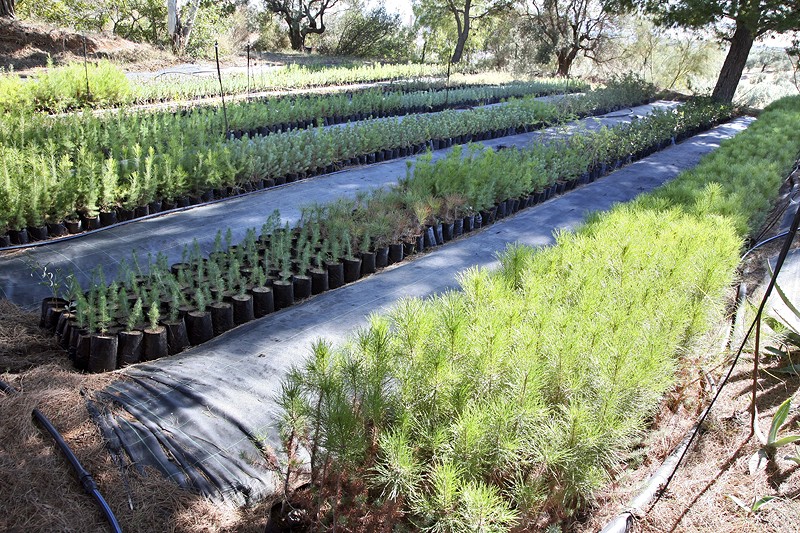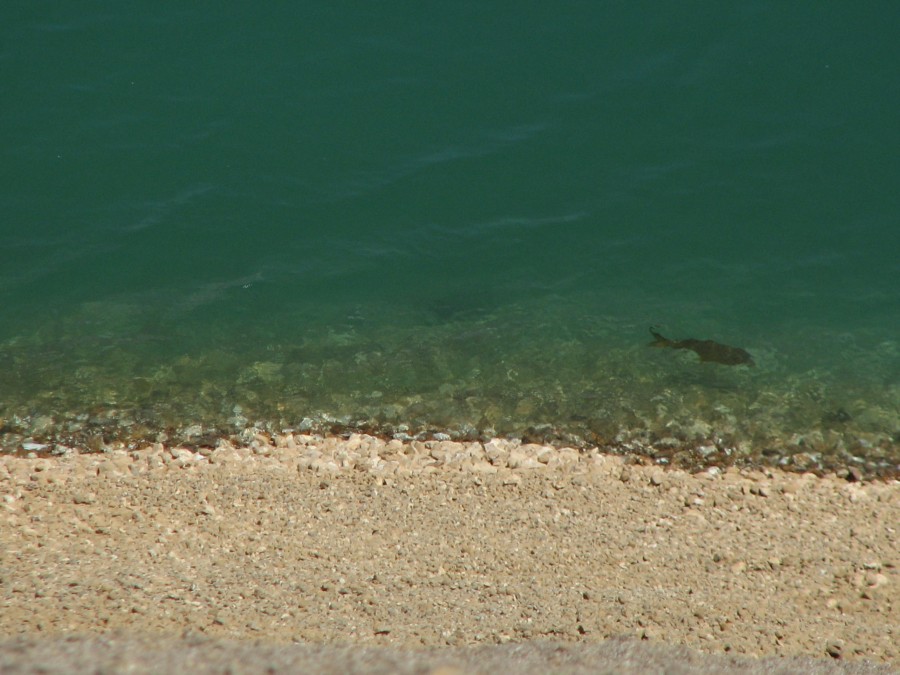
Mine Rehabilitation & Biodiversity
Mine Rehabilitation & Biodiversity
A Give & Take Relationship: We take from the environment what we need making sure that we return to nature what it needs.
Our modus operandi aims at minimizing our environmental impact and promoting sustainable land use.
Mine Rehabilitation
Grecian Magnesite has long been committed to environmentally sound mining practices focusing on maintaining the natural environment as close as possible to its pre-mining state.
The company strictly complies with the existing legislative framework relating to environmental protection and land restoration and is really proud to be working in close tandem with stakeholders to ensure minimal disruptions and deliver the highest possible level of satisfaction to local residents, its employees and the general public.
The environmental department along with the mining division design the rehabilitation plan for designated disturbed areas consisting of exhausted mine sites and finished spoil heaps. Based on the specific requirements of each case, appropriate reshaping of the disturbed areas first takes place, followed by resoiling, namely final coverage of the reshaped areas with topsoil. Regreening finally takes place, i.e. selection and planting of the appropriate plant species on the resoiled areas. The vegetation used comprises such forest species as pine trees, acacia trees, eucalyptus trees, olive trees, different types of bushes etc. Drip irrigation systems supplied exclusively with groundwater are installed in all restored areas.
In particular, cultivation of olive trees in rehabilitated mine sites has been proved to be an extremely successful practice, where our sister company Stater Ltd nurtures the company’s olive trees by producing & marketing the famous bottled Chalkidiki extra virgin olive oil Vottiki.
To this day, more than 1,640 km2 of disturbed areas have been restored by Grecian Magnesite, whereas the overall number of trees and seedlings planted exceeds 124.000. It must be highlighted that the majority of seedlings used in mine rehabilitation campaigns come from the company's proprietary nursery.
| Land Use - Environmental Rehabilitation│Basic Indicators (Year) | 2020 | 2021 | 2022 | 2023 |
| Total land area used for exploitation, at the end of the calendar year (km2) | 2,274 | 2,274 | 2,295 | 2,295 |
| Total land area that has been rehabilitated since the implementation of Law No 998/1979 (km2) | 1,641 | 1,641 | 1,641 | 1,651 |
| Number of trees and seedlings planted since the implementation of Law No 998/1979 | 123.052 | 123.609 | 124.697 | 125.351 |
| Rehabilitation costs (€) per year | 420.801 | 407.703 | 330.601 | 279.237 |
Apart from land restoration activities, the company has also participated in 5-year reforestation programs organized and supervised by the forestry department of the Chalkidiki prefecture.
Biodiversity Conservation
The conservation of biodiversity is high on our company's priority list. We are committed to respecting the ecosystems surrounding our production facilities by taking such actions as:
- Efficient utilization of natural resources
- Systematic implementation of mine rehabilitation programs
- Preventing the unnecessary cutting of trees during overburden removal activities
- Putting a ban on hunting of animals within the mine territory
- Creating an artificial water reservoir of substantial capacity which not only serves as the company's main industrial water supply source but has ecological significance as well, as it provides a habitat for several species of freshwater fish and aquatic birds.

